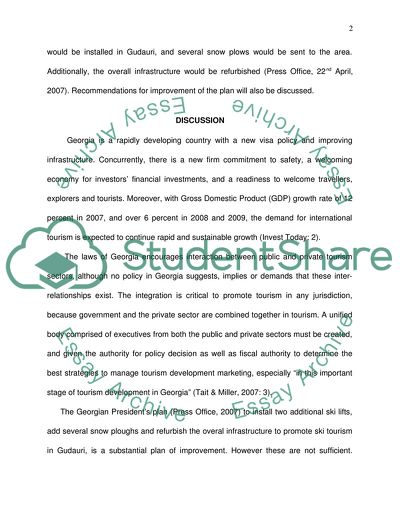Cite this document
(The Development of Ski Tourism in The Republic of Georgia Research Paper, n.d.)
The Development of Ski Tourism in The Republic of Georgia Research Paper. Retrieved from https://studentshare.org/tourism/1722676-the-development-of-ski-tourism-in-gudauri-the-republic-of-georgia
The Development of Ski Tourism in The Republic of Georgia Research Paper. Retrieved from https://studentshare.org/tourism/1722676-the-development-of-ski-tourism-in-gudauri-the-republic-of-georgia
(The Development of Ski Tourism in The Republic of Georgia Research Paper)
The Development of Ski Tourism in The Republic of Georgia Research Paper. https://studentshare.org/tourism/1722676-the-development-of-ski-tourism-in-gudauri-the-republic-of-georgia.
The Development of Ski Tourism in The Republic of Georgia Research Paper. https://studentshare.org/tourism/1722676-the-development-of-ski-tourism-in-gudauri-the-republic-of-georgia.
“The Development of Ski Tourism in The Republic of Georgia Research Paper”, n.d. https://studentshare.org/tourism/1722676-the-development-of-ski-tourism-in-gudauri-the-republic-of-georgia.


